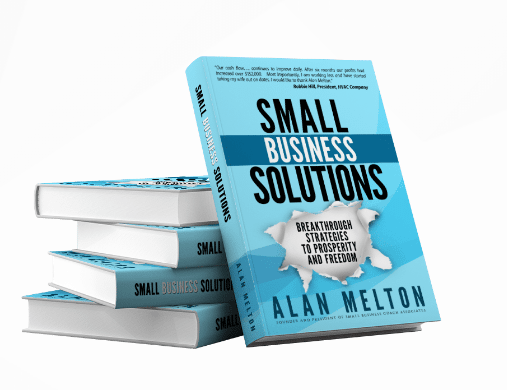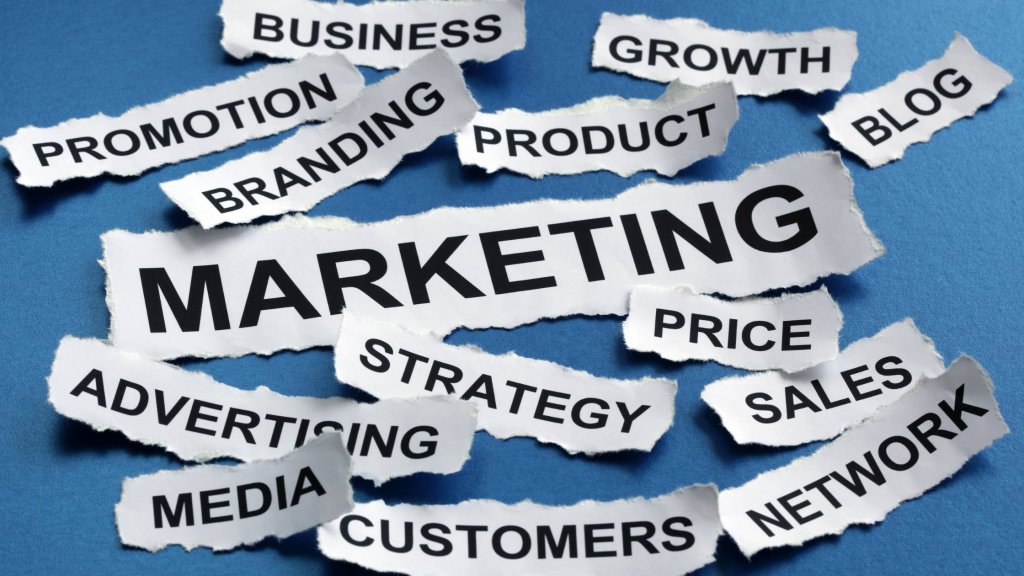VIEW BY TOPIC
- Finding Customers
- Business Systems
- Managing Employees
- Leadership
- Managing Money
Related Posts

Ready to Grow Your Business Fast?
Here’s How I Grew Five Businesses, and Eventually Sold One to a Fortune 500 Company.

How To Implement Product-Led Marketing For Your Business
Product-led marketing has become increasingly prevalent as businesses have shifted their focus from acquiring new customers to retaining and increasing sales with their existing customer base. This shift is driven by the fact that it is far easier to sell to existing customers than to acquire new ones.
Product-led marketing is a great way to grow your business. It is worth considering if you’re looking for a growth strategy that specifically helps you acquire and retain customers. This article will discuss the basics of product-led marketing, including its benefits and how to implement it in your business.
Product-Led Marketing And Its Benefits For Businesses

Product-led marketing (PLM) is a strategy focusing on promoting and selling a product or service through its features and benefits rather than through advertising or other marketing efforts. It is a data- and customer-driven approach that puts the product at the center of your growth strategy, causing product-led growth. This contrasts traditional marketing, which focuses on the customer first and the product second.
In other words, product-led marketing is all about letting the product sell itself. To be successful with product-led marketing, it is essential for the product to be truly differentiated, offering a unique value proposition. Product-led businesses are usually built around a freemium model, where the basic features are free and customers can pay, or upgrade, to access the premium features. This allows customers to try the product before they commit to paying for it, which reduces the barriers to entry.
Steps Businesses Need To Take To Implement Product-Led Marketing
To successfully implement product-led marketing, here are some key steps you need to take:
Step One: Define Your Target Market
The first step in any marketing strategy is to define your target market. You need to ensure that your product appeals to your target market. To do this, you need to carry out market research to understand your prospects’ needs and wants. This will let you know if your customers will love your product.
Step Two: Identify A Market Gap You Can Fill
Once you know what your target market wants, you need to make sure your product solves their problem. Make changes to your product to ensure it fills a gap in the market. Your product should also solve a problem better than any other product on the market. This will make it more appealing to your target market.
You need to focus on promoting the features and benefits of your product rather than on selling it. You are much more likely to generate interest in it. Customers should feel that they are getting something valuable from your product, not that they are being sold to. This increases the likelihood of making sales.
Step Three: Build A Great Team
A product is only as good as the team behind it. To create a successful product, you need to assemble a great team of talented individuals with different skills and experiences. This will ensure that all aspects of the product are covered, from design to marketing.
Step Four: Promote Your Product
You need to promote your product to your target market to let them know it exists. The aim of your promotion should be to generate interest in your product and get people talking about it. The more people know about your product, the more likely they will use it.
There are many ways to make sure your product is easy to discover, including the following:
- Invest in search engine optimization (SEO) to make sure your product appears in search results when potential customers are looking for a product like yours.
- Create informative and keyword-rich product pages on your website.
- Create social media profiles and pages for your product.
- Invest in paid advertising to promote your product.
Step Five: Get Feedback From Users
It’s important to get feedback from users of your product because this will help you to improve it. Some ways to get feedback include online surveys, user testing, and social media. Feedback makes the product more user-friendly. It’s also important to listen to feedback when it comes to pricing, as this can be a sensitive issue for users.
Step Six: Analyze Your Data
Data is a key part of product-led marketing as it can help you understand how your product is being used. Data is essential in identifying new marketing opportunities and making changes to the product that will benefit the user.
Step Seven: Always Be Improving
The final step in product-led marketing is to keep making improvements. In other words, constantly make changes to the product based on feedback and data. It’s important to never rest on your laurels and always look for ways to improve the product. This will keep users happy and ensure they continue using your product.
Product-led marketing takes some focus to succeed. If you’re willing to put in the work, you can create a successful product and build a loyal customer base.
Benefits Of Using A Product-Led Marketing Strategy

There are many benefits to implementing a product-led marketing strategy for your business, including the following:
- Reduced Marketing Costs
Product-led marketing encourages word of mouth. This is perhaps the most valuable benefit as it can help you attract new customers without spending any money on marketing. If your product makes the customer happy, they are likely to tell other people about it, which can help increase your customer base without additional effort.
This can help you to save on marketing costs since, instead of spending money on advertising and other marketing efforts, you can invest that money into developing and improving your product. This will save you money in the long run and ensure that your product is of the highest quality possible, which is essential for attracting and retaining customers.
- Better Customer Relationships
Another benefit of product-led marketing is that it can help you to build a stronger relationship with your customers. When customers feel they are being sold to, they are often turned off and may even seek a competitor. However, when they feel they are being given information about a product that can genuinely improve their lives, they are much more likely to develop a positive relationship with the company. This can lead to loyalty and repeat business, which are essential for any business.
- Faster Time To Market
Traditional marketing strategies can take months or even years to implement, whereas you can implement product-led marketing much faster. This is because product-led companies focus on building a product that customers will love rather than spending time and money on marketing campaigns.
Summary
To sum up, product-led marketing can be a powerful growth strategy for your business due to its numerous benefits, but it’s important to keep the above things in mind to be successful. If you’re thinking about using it to grow your business, make sure you take the time to understand the strategy and how you can apply it to your business.














